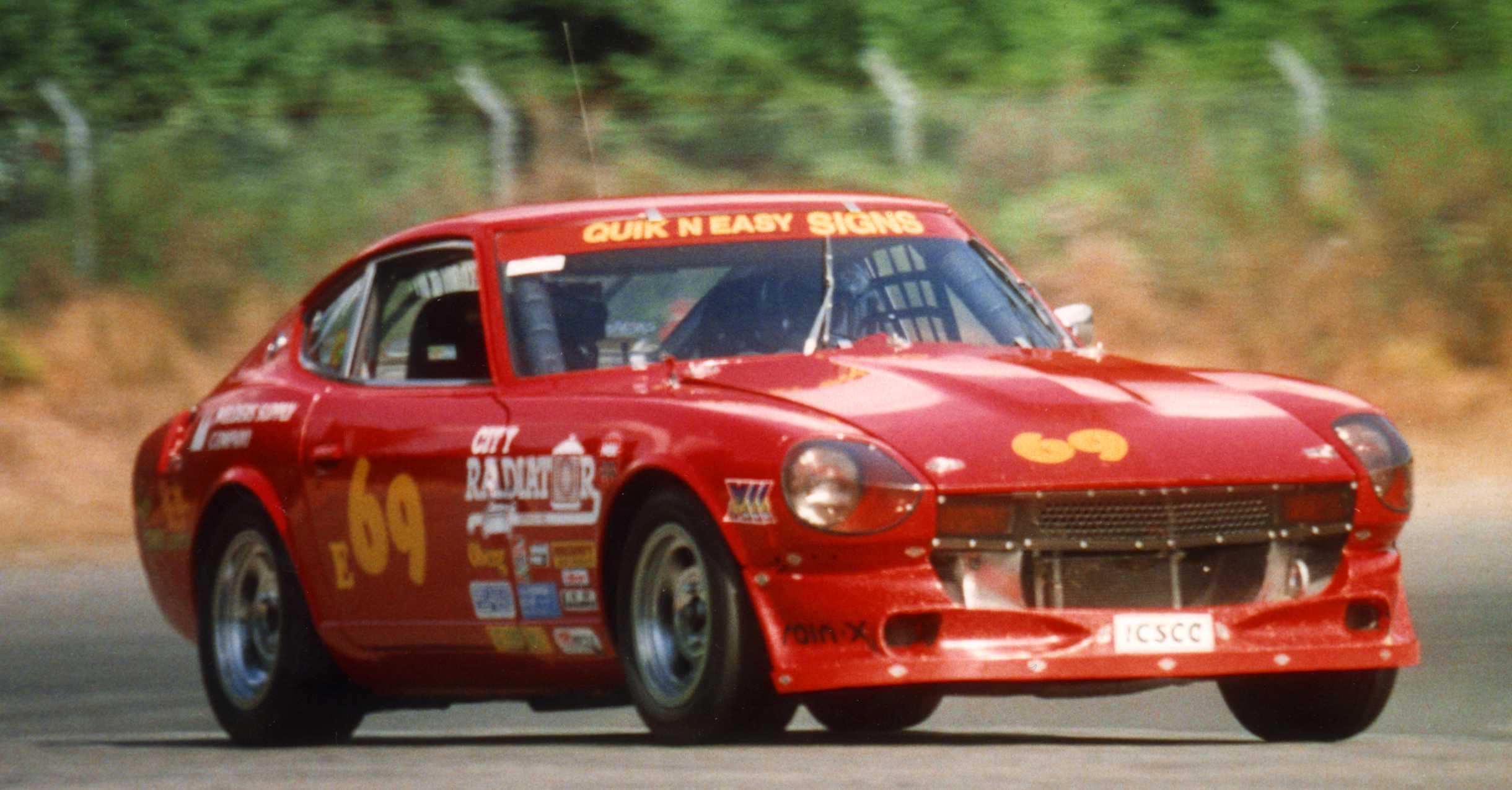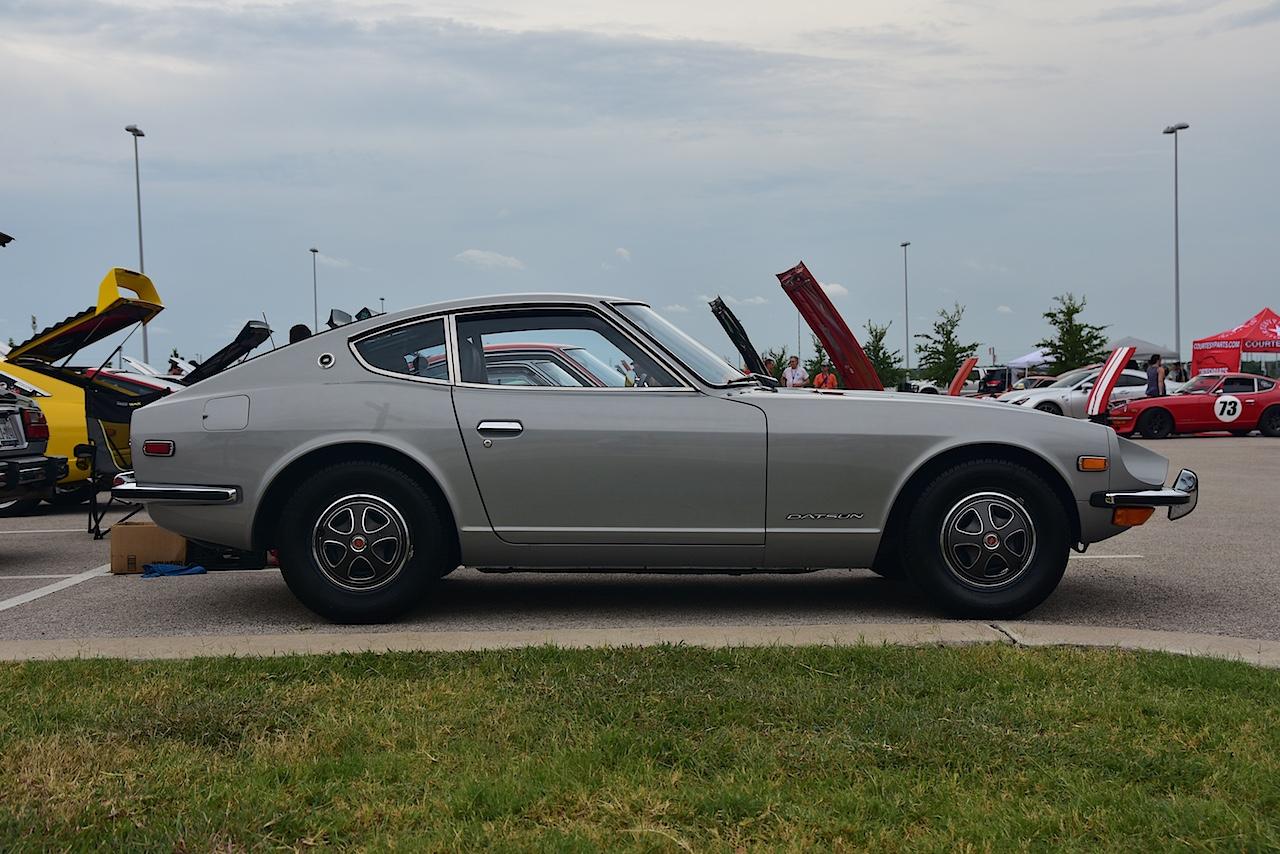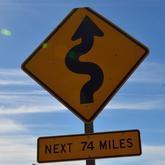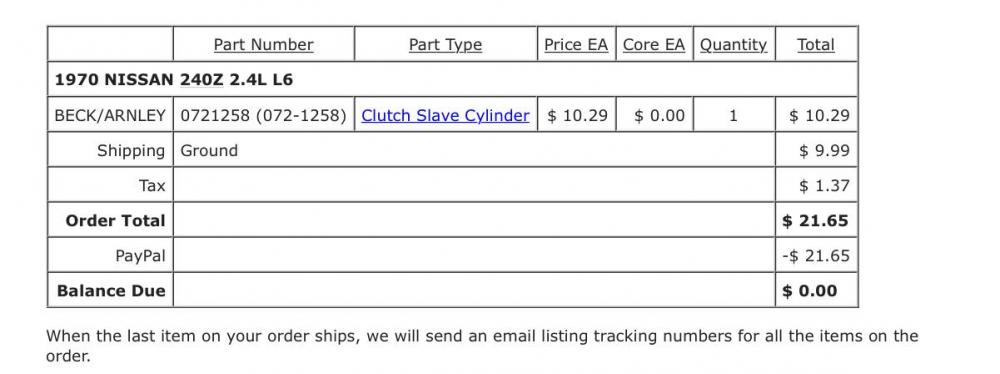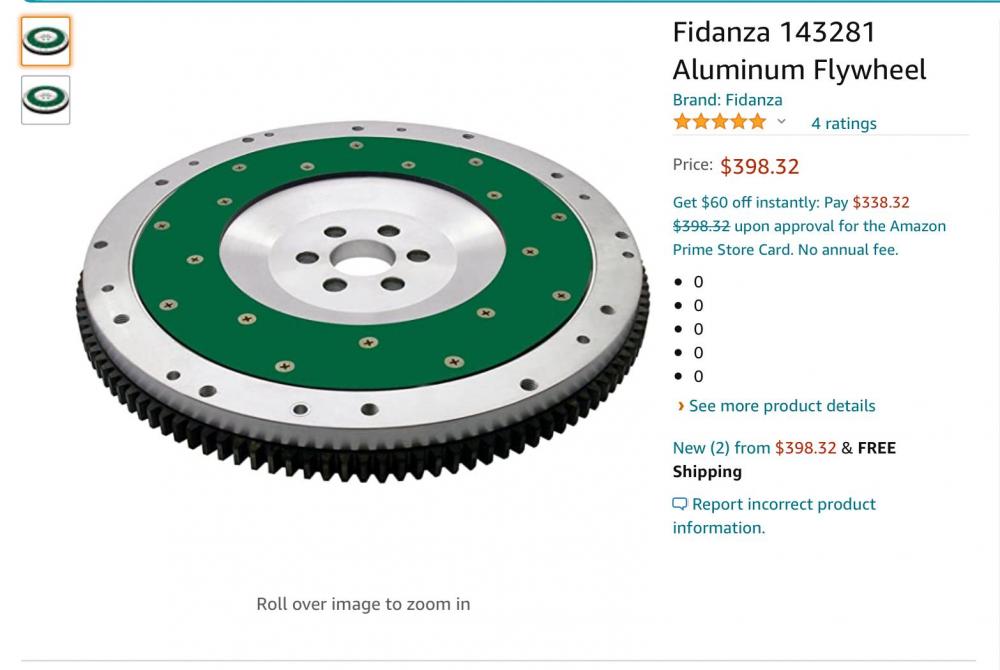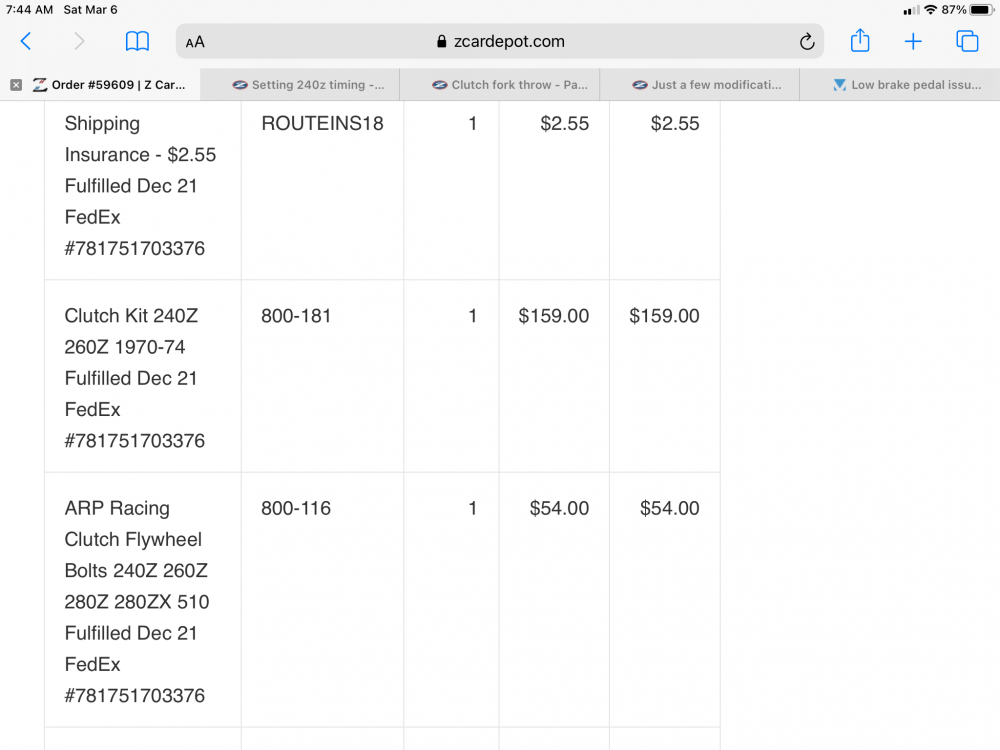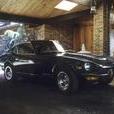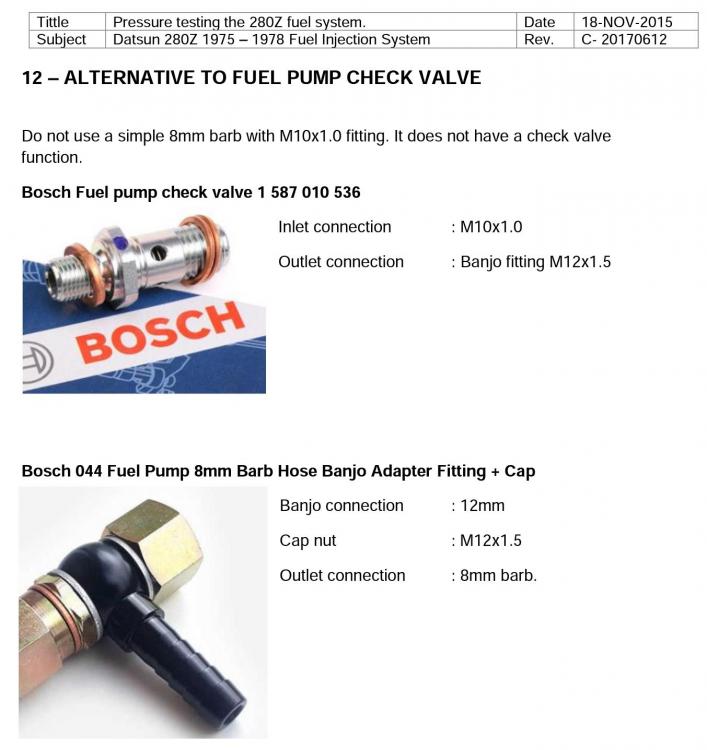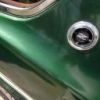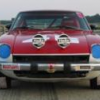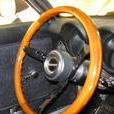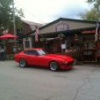Update on the check vlave: I bought and installed an inline check valve for $10 and installed it between the filter and the fuel rail. I started the car yesterday to pressurize the system and then shut it off and let it sit for about 20 hours until this morning. The temp was mid-20's in my garage this morning, so it should be worst-case for cold starting along the trip. Prior to adding the check valve, the car would crank for 20 - 30 seconds and then try to start and cough a few times. It would require 2-3 starting attempts until the whole system was pressurized and all cylinders were getting good fuel. This morning, the engine cranked for only about 5 - 8 seconds and started for a few seconds before stalling. It then cranked for another few seconds before startin and chugging to life.
As suspected, the fuel is now staying in the rail for the most part, but I think with the check valve so close to the engine, the underbody line is no longer full of pressurized fuel so the engine doesn't want to keep running once the fuel in the rail is burned. The check valve I added helps a lot but is not a 100% cure. As I did my final purge of old parts yesterday ahead of the move, I did find an old, rusty EFI fuel pump bracket with the pump and hoses connected. I don't know if the pump works or which car I even removed it from, but I was able to pull the check valve off. I tried to blow through it both ways and it must be varnished shut as I couldn't get any air through it. Once I'm in AZ, I will soak it in acetone an see if it is any good. If not, I will search for a new check valve similar to the OE part. I may hit you up @EuroDat if you are willing to sell one of your check valves.
For now, I think the crank time is acceptable for transportation across the country. Thanks everybody for the help!

 Subscriber
Subscriber 3Points1,336Posts
3Points1,336Posts